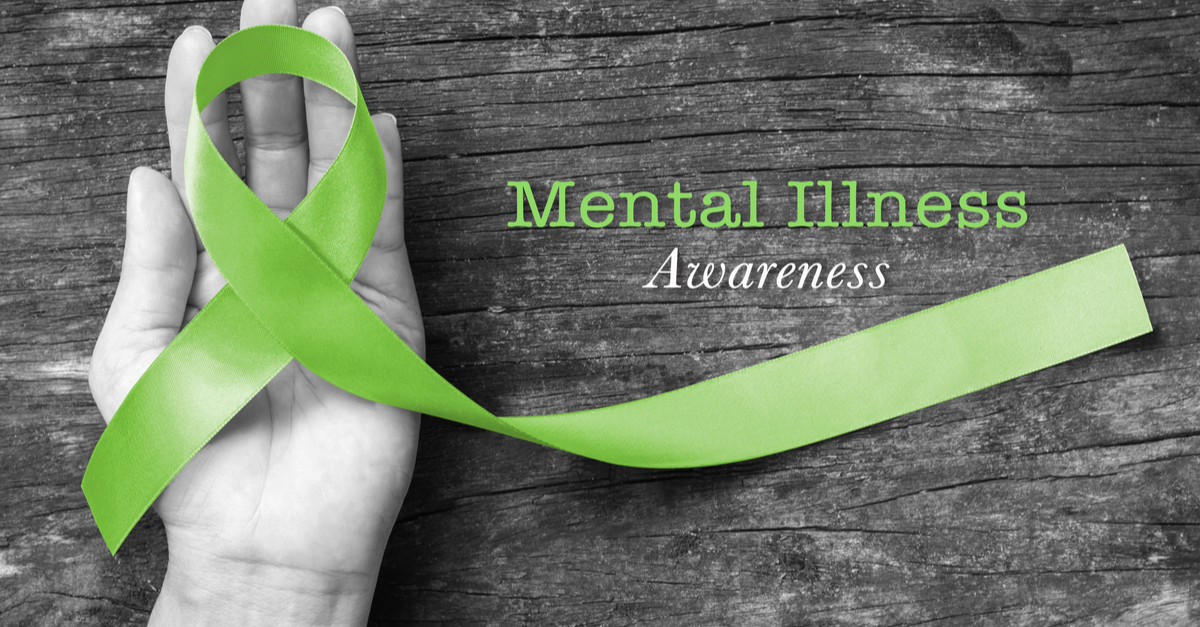Bipolar Disorder: The Facts We Need to Know
Bipolar disorder, which is also known as manic depression, is a mental condition that affects millions of people in the United States. The disorder can damage relationships, foster risky behavior, affect work and generate suicidal tendencies – and unfortunately, the causes of bipolar disorder aren’t completely understood.

Related Topics (ads):
Fortunately, the symptoms of bipolar disorder are recognized well enough that it’s fairly easy to diagnose the condition. If you’re looking for ways to manage the symptoms of bipolar disorder, here are some different options to help you take control of your health.
Medications for Bipolar Disorder
Living with bipolar disorder is difficult for both the person diagnosed and his or her loved ones. It’s important to get the right course of treatment for each patient. Medications are one of the most common methods of treating bipolar disorder and its symptoms.
There are five types of bipolar medications commonly used in treatment: antidepressants, mood stabilizers, antipsychotics, CNS depressants and ECT.
1. Antidepressants
Traditional antidepressants used to treat bipolar conditions have proven ineffective, WebMD¹ reports, but a new class of selective serotonin reuptake inhibitors, or SSRIs, seems to boost the functions of nerve cells to reduce extreme mood swings. Drawbacks of these antidepressants are usually mild, but they can include nervousness, nausea, diarrhea, insomnia, agitation, and weight changes.
2. Mood Stabilizers
Mood stabilizers are, according to WebMD², one of the most effective treatments for bipolar disorder because they prevent the highs and lows that disrupt a normal life. The medication works to prevent mood swings from disrupting the obligations of everyday life, like work and school. Some of the side effects of taking mood stabilizers include restlessness, weight gain, nausea, dry mouth and dizziness.
3. Antipsychotics
Antipsychotic drugs used to treat bipolar disorder are often taken along with mood stabilizers to manage manic episodes. Antipsychotics — especially the newer ones — can act quickly to reduce the signs of mania and help patients avoid impulsive, reckless behaviors. Drawbacks of antipsychotic drugs include weight gain and increased levels of cholesterol. Other side effects include dry mouth, blurred vision, and muscle spasms.
4. CNS Depressants
Central nervous system, or CNS, depressants include tranquilizers, sedatives, and hypnotics. These bipolar treatments slow down brain activity to treat manic episodes. Common side effects can include confusion, headache, low blood pressure, dry mouth, and slurred speech.
5. ECT
Electroconvulsive therapy, or ECT, involves passing an electrical current through the brain to trigger a mini seizure. The approach is used because it seems to change the brain’s chemistry, but the technique is usually used only after other medications have failed. Occasionally, ECT is used when bipolar patients become so psychotic that it’s risky to wait for medications to take effect. The risks of using ECT in bipolar treatment include nausea, confusion, headaches, muscular aches, and occasional memory lapses.
Psychotherapy, Inpatient Care, and Outpatient Care
Therapeutic treatments for bipolar disorder require a long-term commitment. Psychotherapy includes various kinds of therapies that involve talking about the bipolar condition, as talking about your problems can often be beneficial. Psychotherapy can be more effective when combined with medication. There are few side effects, but treatment can take months to produce results.
Psychotherapy works best for bipolar patients who don’t fully understand the disorder and need educating about it. There are several kinds of psychotherapies such as cognitive, behavioral, interpersonal and social rhythm therapies. Psychotherapy works best for patients who aren’t suffering from other conditions such as substance abuse, depression, and other conditions.
Inpatient care for bipolar disorder is needed when patients exhibit psychotic episodes or suicidal tendencies. Inpatient care might be necessary if the patient is paranoid, delusional, makes threats, takes extreme risks, or is no longer able to function at work or in social situations. The benefits of inpatient care include 24-hour supervision, being part of a community and avoiding the distractions of everyday life.
Outpatient care for bipolar disorder works well for patients who are trying to maintain their regular lives. These are people who have a lower risk of extreme behavior. Outpatient treatments can include support groups, individual or group therapies, family therapy, and education programs. Outpatient treatment is cheaper than inpatient care, and many insurance programs cover the cost.
Seeking Help for Bipolar Disorder
Living with bipolar is likely to remain a lifelong task. Your lifestyle can seriously affect your condition, so try to live as balanced a life as possible. Though facing the effects of bipolar disorder can be frustrating and treatment options can take time to work effectively, it’s important to remember there are many resources available to try.
If you need new options or a new solution for bipolar disorder, do some research. You’ll quickly discover there are countless ways to deal with your symptoms and unique medical condition. Fighting mental illness is incredibly difficult, but with knowledge, patience, and perseverance, you’ll find help. You can live a good life with bipolar disorder by finding the right balance of medication, therapeutic treatment, and self-help techniques.
1 WebMD, Treating Bipolar Depression 2 WebMD, Treating Bipolar Depression